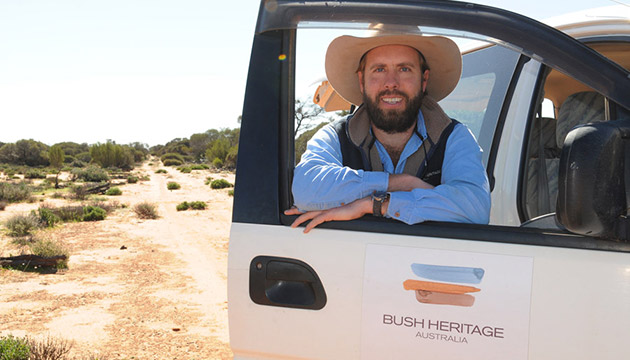A former sheep station on the northern edge of the West Australian Wheatbelt has been turned into a surprising arid lands reserve.
Story By Ken Eastwood
On first glance you really wonder why anyone would want a nature reserve out here. The parched land doesn’t seem special at all. It’s as flat as a footy field and the scrub looks tired and patchy at best.
But start taking a closer look at Charles Darwin Reserve, on the northern edge of the West Australian Wheatbelt, 60 kilometres east of Perenjori, and you can see why it’s considered a valuable natural asset. Within its 68,600 hectares, on the border between the arid inland and the floristic bonanza of the south-west, there is a wide diversity of vegetation types and arid-zone landscapes, including salt lakes, claypans, mulga, spinifex, Yalgoo shrublands and vital salmon and York gum woodlands, once widespread in the region but now reduced to patches. There are rare and endangered animals, and the salmon soils support a surprising diversity of vegetation, from sandalwood, samphire, saltbush and cypress to quandong and gimlet. Some 720 plant species have been found so far, including an abundance of daisies and peas, and 55 species of wattle.
“We’re finding new ones each year, so it’s floristically diverse,” says Luke Bayley, Bush Heritage Australia’s Healthy Landscape Manager for the Western Rangelands. He’s been based out here for three years with his partner Fiona and children Tanami and Banjo, and has worked with a variety of researchers, volunteers and others, such as orchid specialists, as they have documented everything in the reserve. “Last year they got nine species of orchid in a weekend,” he says.
Formerly White Wells station, the reserve was bought by Bush Heritage Australia in 2003, primarily through a sizeable donation made by the great-great grandson of famous naturalist Charles Darwin.
This story excerpt is from Issue #100
Outback Magazine: Apr/May 2015










